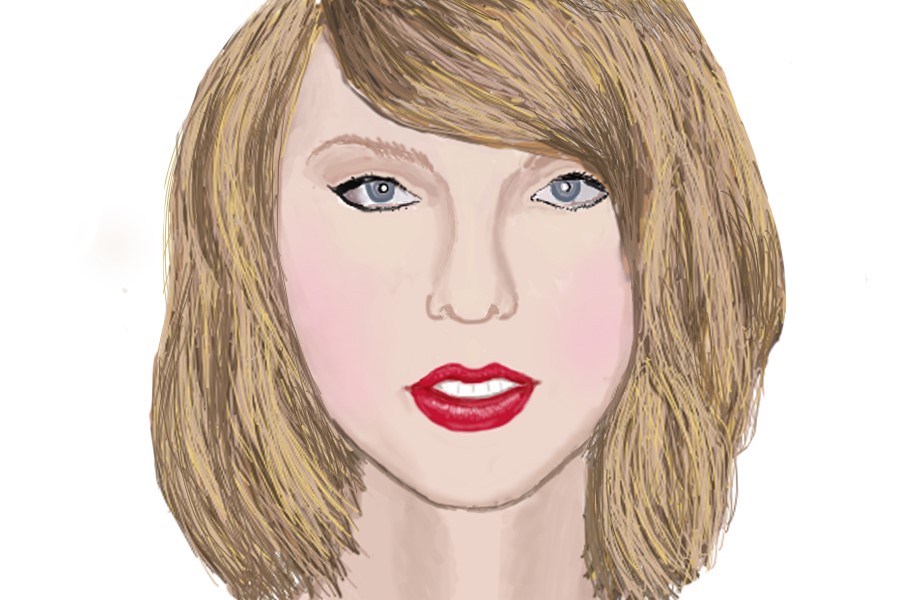Look what Taylor Swift did to herself
Taylor Swift is doing the most again, and if she wasn’t so irritating, it would almost be funny to watch. According to her new single, Look What You Made Me Do, Swift has been reborn – a whole new person. The symbolism of the lineup of her “past selves” in the final scene of the video is solidified by the lyrics, “I’m sorry, the old Taylor can’t come to the phone right now. Why? Oh, ’cause she’s dead!”
But who is this new incarnation? Is she perhaps more socially aware? Will she be less of a white feminist, even just slightly? All data collected thus far indicates that “no” is the answer to these questions. In fact, it seems that Swift has been busy mastering her old ‘victim game’ and is playing it in nuanced ways that have left many annoyed by her reemergence.
In true white woman fashion, Swift has declared her victimhood to the world, announcing that despite everything she has been through and everything people have said about her, she has returned. But not without developing a completely new persona. As Elle Magazine’s Estelle Tang pointed out, this song is not unlike many of Swift’s previous releases. There are two main characters, herself, the victim and an ambiguous “you” – an often demonized entity that has hurt her in some way. Her refusal to actually name her alleged assailants is reminiscent of the subtweeting of high school underclassmen.
Another major part of the backlash Swift has been receiving is the influence that her video draws from other artists, namely Beyonce’s Formation video. The main issue many have is that Formation is a song and video meant to uplift the black community and speak against the injustices it faces. Meanwhile, Swift has neither done nor said a single thing to express any solidarity for the black community during any of the countless distressing situations it has been in recently. When she is called out for her lack of support for the black community despite being flanked by several black dancers in her new video, she doubles down on her victim game.
Instead of ever accepting responsibility for the things that people criticize her for, Swift turns to satire. The final scene of her music video features several different “versions” of herself, from her young, upset 2010 Video Music Awards self to her nerdy high school “You Belong With Me” self, all shouting insults at each other that feature many of the criticisms she has received throughout the years. Her dismissal of any and all criticism as being from “the haters” is an attempt to further paint herself as a victim.
While Swift may not have been the antagonist in every case of social media drama she has been through in the past year, she sure is trying to make herself seem overly innocent. Judging by the recent backlash she has been receiving, though, fewer and fewer people are falling for the act.
Leave a Comment
Your donation will support the student journalists of Tulane University. Your contribution will allow us to purchase equipment and cover our annual website hosting costs.

















Cole • Sep 15, 2017 at 8:32 pm
Let her do her thing, you do your thing. Let’s just all chill and stop ragging on everyone else. Just see the good. Write about the good!